CrackerJack
New Member
I currently have 2000 Fleetwood Bounder 34D
Ford V10 Triton
- 115 amp alternator + battery control center (need more info on control center)
- 30 amp shore,
- onhan generator 5500
- 2000watt inverter
*Charger/converter 4 stage boondocker
Model- BD-1260C -update per mfg not compatible w/lithium (13.2v-14v 60amp)
House batteries are currently charged from all sources * AC-generator & shore converter * DC- Alternator, solar.
with an intelligent system, and . I understand I can upgrade to 50amp shore it's supposedly pre wired for it anyway.
My solar system is a 800 watt Renogey with a 60amp MPTT charger I used for the most part everything that came with the kit with a few extensions and rail mounts vs the manufacturer supplied mounts
I hooked it up to the house battery system witch includes 4 130ah 800cca AutoZone car batteries
** I want to switch my house batteries from a typical car batteries to lithium but I don't want to have issues with compatibility. There is 4 power systems in my vehicle and they are all connected... What would I need to disconnect and what do I keep.what parts can be swapped to make the system compatible. On a budget basis little by little will attach photos of system asap
***Goal***
600HR lithium batteries + *update to now a rego 3000watt inverter charger.
To power fridge, and all lights, outlets, tv, PS4
Split shore power and upgrade to 50 amp from 30 and power only Air conditioners and DC converter.
Ford V10 Triton
- 115 amp alternator + battery control center (need more info on control center)
- 30 amp shore,
- onhan generator 5500
- 2000watt inverter
*Charger/converter 4 stage boondocker
Model- BD-1260C -update per mfg not compatible w/lithium (13.2v-14v 60amp)
Replacement BD1260CL (60 Amp 4-Stage Converter/Charger)Price: $189.00 or
REGO 12V 3000W Pure Sine Wave Inverter Charger w/Bluetooth
House batteries are currently charged from all sources * AC-generator & shore converter * DC- Alternator, solar.
with an intelligent system, and . I understand I can upgrade to 50amp shore it's supposedly pre wired for it anyway.
My solar system is a 800 watt Renogey with a 60amp MPTT charger I used for the most part everything that came with the kit with a few extensions and rail mounts vs the manufacturer supplied mounts
I hooked it up to the house battery system witch includes 4 130ah 800cca AutoZone car batteries
** I want to switch my house batteries from a typical car batteries to lithium but I don't want to have issues with compatibility. There is 4 power systems in my vehicle and they are all connected... What would I need to disconnect and what do I keep.what parts can be swapped to make the system compatible. On a budget basis little by little will attach photos of system asap
***Goal***
600HR lithium batteries + *update to now a rego 3000watt inverter charger.
To power fridge, and all lights, outlets, tv, PS4
Split shore power and upgrade to 50 amp from 30 and power only Air conditioners and DC converter.
Attachments
-
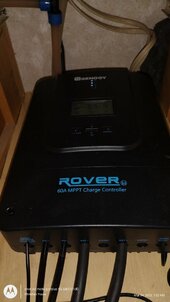 JPEG_20230324_190147.jpg73.6 KB · Views: 12
JPEG_20230324_190147.jpg73.6 KB · Views: 12 -
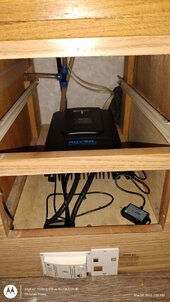 JPEG_20230324_190219.jpg116.7 KB · Views: 12
JPEG_20230324_190219.jpg116.7 KB · Views: 12 -
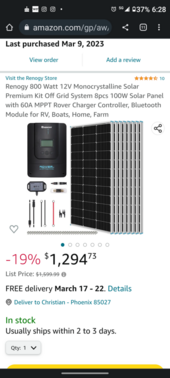 Screenshot_20230313-182810.png222.1 KB · Views: 12
Screenshot_20230313-182810.png222.1 KB · Views: 12 -
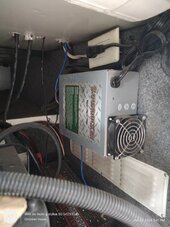 17112408961983164130563325535376.jpg149.9 KB · Views: 7
17112408961983164130563325535376.jpg149.9 KB · Views: 7 -
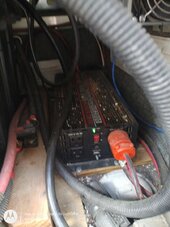 17112409215643353129958908216030.jpg129.8 KB · Views: 5
17112409215643353129958908216030.jpg129.8 KB · Views: 5 -
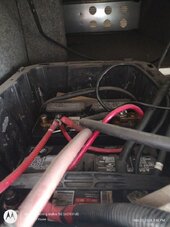 17112409435957092071410953359792.jpg144.8 KB · Views: 5
17112409435957092071410953359792.jpg144.8 KB · Views: 5 -
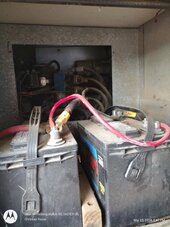 17112409752026643644055181150821.jpg163 KB · Views: 5
17112409752026643644055181150821.jpg163 KB · Views: 5 -
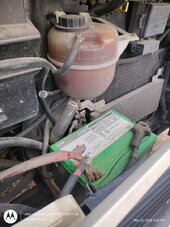 17112410019035924754387655820509.jpg169.4 KB · Views: 6
17112410019035924754387655820509.jpg169.4 KB · Views: 6 -
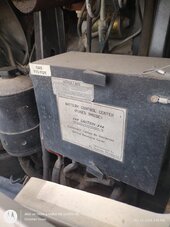 17112410142811301591125242528248.jpg146.8 KB · Views: 7
17112410142811301591125242528248.jpg146.8 KB · Views: 7 -
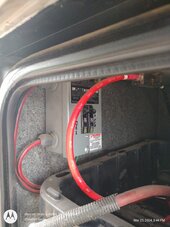 17112410638712123798088406514446.jpg142.3 KB · Views: 6
17112410638712123798088406514446.jpg142.3 KB · Views: 6 -
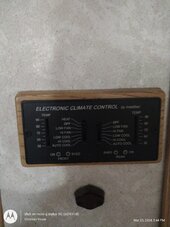 17112410844958585246258250093358.jpg126.4 KB · Views: 5
17112410844958585246258250093358.jpg126.4 KB · Views: 5 -
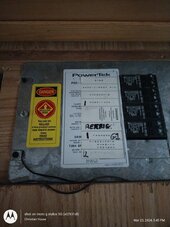 1711241126354932142514840781456.jpg156.1 KB · Views: 5
1711241126354932142514840781456.jpg156.1 KB · Views: 5 -
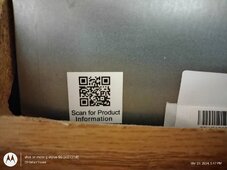 IMG_20240323_174729413.jpg198.2 KB · Views: 6
IMG_20240323_174729413.jpg198.2 KB · Views: 6
Last edited:


